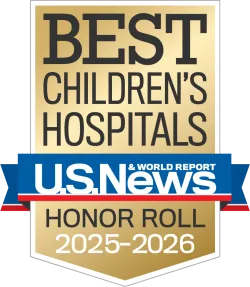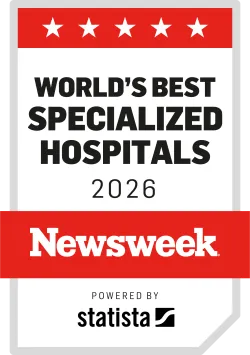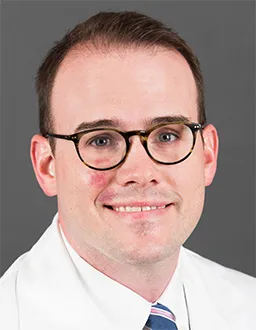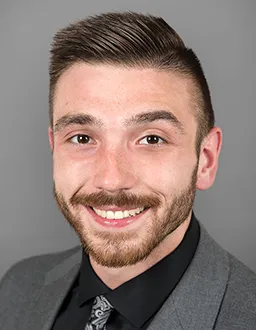Breadcrumb
- Home
- Conditions & Treatments
- Tibial Torsion
What is tibial torsion?
Tibial torsion is the twisting of a child’s shinbone, also known as the tibia. In most cases, tibial torsion causes a toddler’s legs and feet to turn inward (internal tibial torsion), giving them a pigeon-toed appearance. Less often, the legs turn outward (external tibial torsion). Tibial torsion affects boys and girls in nearly equal numbers. Internal or external rotation of the legs in children is almost always a variation of normal development and do not require treatment.
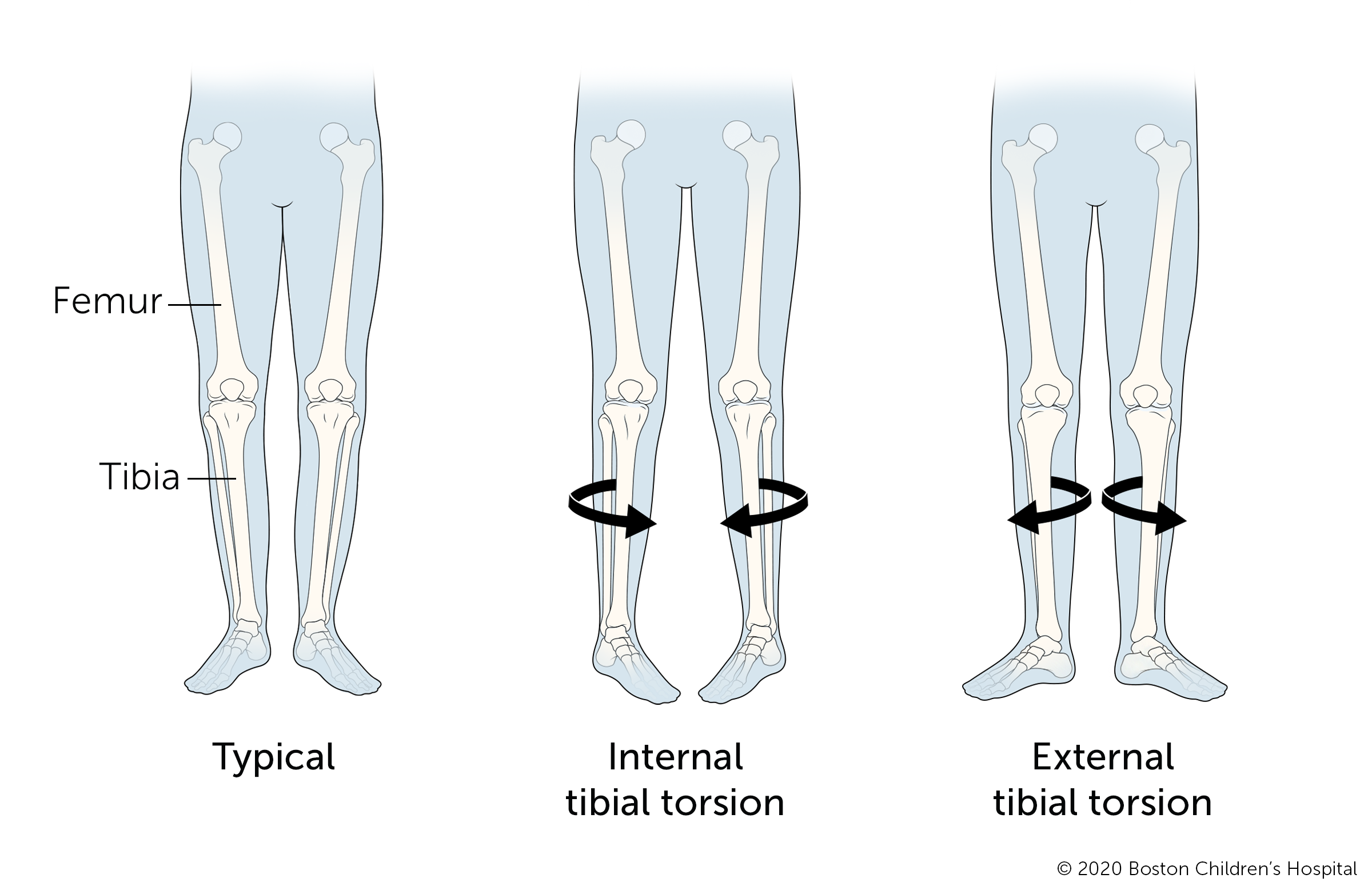
Whether the toes point inward (intoeing) or outward (outtoeing), tibial torsion is a common cause of gait abnormalities. Other conditions that can cause intoeing include:
- Femoral anteversion, the inward twisting of the thigh bone (femur)
- Metatarsus adductus, a foot deformity that causes the front half of the foot to turn inward
Almost all children with internal tibial torsion get better without treatment, usually by the time they turn 4. For many kids, one leg twists more noticeably than the other.
By contrast, external tibial torsion can become more serious during periods of rapid growth in late childhood and the early teen years. It usually affects both legs.
Symptoms & Causes
What are the symptoms of tibial torsion?
Symptoms of internal tibial torsion usually become visible between the ages of 2 and 4. As a child starts walking, their feet turn in and their legs bow out. The outward bowing of the legs (bowlegs) can help a child balance by providing a wider base of support.
Symptoms of external tibial torsion usually appear when children are slightly older, between the ages of 4 and 7. The feet or foot rotate(s) outward and may cause the child to trip or stumble often.
What causes tibial torsion?
Internal tibial torsion is often caused by a baby’s position in their mother’s uterus. As they grow and space becomes tighter, one or both of their shinbones may twist inward. The condition tends to run in families.
External tibial torsion also runs in families. It is often related to tight ligaments and tendons in the upper leg that cause the lower leg to twist as a child grows.
Diagnosis & Treatments
How is tibial torsion diagnosed?
Your child’s doctor will perform a physical exam and measure the rotation of your child’s legs and feet. The doctor may ask if there’s a history of inward or outward pointing feet in your family. Most of the time, doctors do not need an X-ray to diagnose this condition.
How is tibial torsion treated?
The vast majority of children with internal tibial torsion get better without medical treatment. Muscle-strengthening exercises or physical therapy may help with balance and difficulties with gait. The use of orthotics, shoe modifications, and bracing are not effective in correcting tibial torsion.
If your child has severe tibial torsion that does not improve as they grow, their doctor may recommend a surgical procedure called an osteotomy. For this procedure, the surgeon cuts the tibia bone to correct the rotation. Sometimes the fibula bone needs to be corrected as well. The bones are fixed in place with pins or a plate and screws while the bone heals.
How we care for tibial torsion at Boston Children’s Hospital
The Lower Extremity Program at Boston Children's Hospital offers comprehensive assessment, diagnosis, and treatment for children of all ages with conditions affecting their lower limbs. We have extensive experience in treating disorders of the feet, ankles, knees, legs, and hips. Whether the patient is an infant, child, or adolescent, our goal is to help children live full, independent lives.
